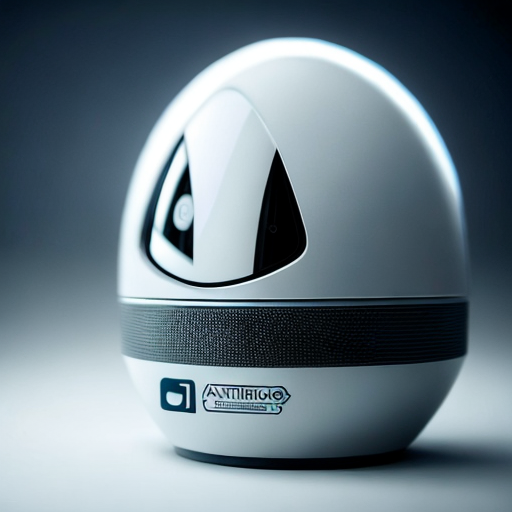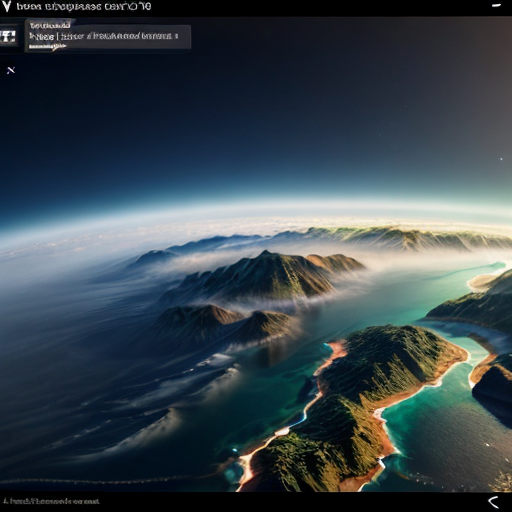What Programming Language Does Arduino Use
Introduction to Arduino Programming Language: A Beginner’s Guide
Are you ready to dive into the fascinating world of Arduino programming? Well, hold on to your funny bone because we’re about to embark on a hilarious journey through the Introduction to Arduino Programming Language: A Beginner’s Guide. Now, forget about those fancy-schmancy programming languages with their intimidating syntax and mind-boggling concepts. Arduino keeps it real with its own unique language, aptly named Arduino Programming Language (APL). It’s like the cool kid in the programming playground, speaking a language that’s easy to understand and even easier to have a good laugh with. So, get ready to unleash your inner comedian while you learn how to make LEDs blink, motors spin, and robots dance to the beat of your code. Trust me, with APL, programming has never been this entertaining!
Exploring the Syntax and Structure of Arduino’s Programming Language
Arduino uses a simplified version of the C++ programming language. This simplified version is specifically designed for microcontrollers, making it easier for beginners to learn and use. It allows users to control the behavior of their Arduino boards by writing code that defines the actions and interactions of various components.
Get ready to unravel the mysteries of Arduino’s programming language as we embark on an exciting journey through the intricacies of its syntax and structure. Arduino, being the rebel it is, doesn’t conform to the norms of mainstream programming languages. Instead, it has its own unique language that combines elements of C and C++. So, get ready to embrace the quirks and idiosyncrasies of Arduino Programming Language (APL) as we delve into the world of variables, functions, and loops. Don’t worry, though, we’ll make sure to sprinkle some humor along the way to keep you entertained while you master the art of writing code that makes your Arduino projects come to life. Get ready to unleash your inner coding comedian!
Understanding Arduino’s Language Features and Functionality

Understanding Arduino’s language features and functionality is like discovering a hidden treasure chest filled with endless possibilities. Arduino Programming Language (APL) is based on a simplified version of C and C++, making it accessible even to beginners. With APL, you can easily control the behavior of your Arduino board, unleashing its full potential. From reading sensor data to controlling actuators, APL allows you to write code that interacts with the physical world in a seamless and intuitive manner.
One of the key features of APL is its extensive library support. Arduino provides a vast collection of libraries that make complex tasks a breeze. Whether you want to connect to the internet, control a servo motor, or display information on an LCD screen, there’s a library for almost everything. These libraries abstract away the nitty-gritty details, allowing you to focus on the fun part – writing code that brings your ideas to life. Plus, with a supportive community of Arduino enthusiasts, you’ll never run out of resources and examples to learn from.
Another notable aspect of APL is its simplicity. Arduino’s language is designed to be beginner-friendly, with a straightforward syntax and easy-to-understand concepts. This makes it a perfect starting point for those new to programming. You don’t need to be a coding wizard to get started with Arduino. With just a few lines of code, you can create projects that blink LEDs, play melodies, or even build your own robot. APL empowers you to turn your imagination into reality, one line of code at a time.
Furthermore, APL offers a wide range of functionality that goes beyond basic input and output operations. You can use it to implement complex algorithms, perform mathematical calculations, and even create graphical user interfaces. Whether you’re a hobbyist tinkering with electronics or a professional prototyping a new invention, APL provides the tools you need to bring your ideas to fruition. The versatility of APL, combined with the flexibility of Arduino hardware, opens up a world of possibilities for creative exploration.
In conclusion, Arduino’s programming language, APL, is a powerful yet accessible tool for anyone interested in the exciting world of physical computing. With its simplified syntax, extensive library support, and wide range of functionality, APL empowers beginners and experts alike to create innovative projects. So, grab your Arduino board, fire up the IDE, and let your imagination run wild as you dive into the fascinating realm of Arduino programming. The only limit is your creativity!
Advanced Techniques and Best Practices in Arduino Programming Language
A fun fact about the programming language used by Arduino is that it is based on a simplified version of C++ programming language. This means that if you learn Arduino programming, you are also getting a head start in learning C++!
Once you’ve mastered the basics of Arduino Programming Language (APL), it’s time to level up your skills with advanced techniques and best practices. APL allows you to implement complex algorithms, optimize code performance, and create modular and reusable code structures. From using interrupts to handle time-sensitive tasks, to implementing state machines for efficient program flow, there are plenty of advanced techniques to explore. Additionally, following best practices such as using descriptive variable names, commenting your code, and organizing your project files can greatly enhance the readability and maintainability of your code. So, get ready to take your Arduino projects to the next level by diving into the world of advanced techniques and best practices in APL.
Corey is a charismatic man with an infectious sense of humor, making him a popular figure in the blogging community. With a passion for coding, he effortlessly combines his technical expertise with his witty writing style, captivating readers from all walks of life. Corey's blog is a treasure trove of coding tips, tricks, and tutorials, sprinkled with his trademark humor that keeps his audience engaged and entertained. Whether he's unraveling complex algorithms or sharing hilarious anecdotes from his coding adventures, Corey's unique blend of wit and expertise makes him a must-follow blogger for anyone interested in the world of coding.








